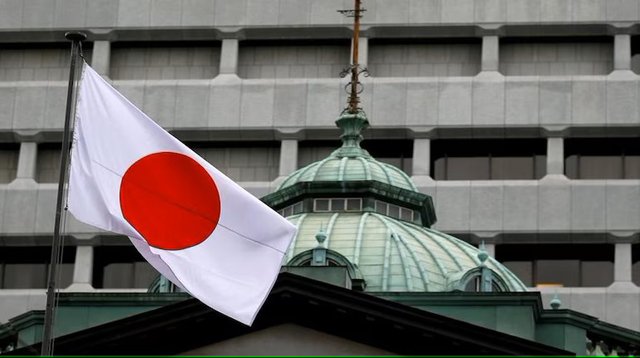
TOKYO, April 19, 2024 (BSS/AFP) - Japanese inflation slowed to 2.6 percent in March, largely in line with market expectations, data showed Friday.
The year-on-year rise in prices excluding volatile fresh food -- against a market consensus of 2.7 percent -- followed a 2.8 percent February increase, in part thanks to lower gas bills.
Stripping out fresh food and energy, prices rose 2.9 percent, against market expectations of 3.0 percent, and edged down from 3.2 percent in February.
After years of deflation in the world's number four economy, the Bank of Japan (BoJ) has sought to generate rising prices with ultra-aggressive monetary stimulus policies.
But last month, it hiked borrowing cost rates for the first time since 2007 and scrapped the world's last negative interest rate, in part due to meeting its two-percent inflation target.
The BoJ will hold a meeting next week when it will likely hike inflation forecasts.
But most economists expect the bank to keep interest rates unchanged for now.
"If inflation continues to move in line with the BoJ's projections, further rate hikes may be on the cards this year," Capital Economics said.
Other major central banks including the Federal Reserve in the United States have much higher interest rates.
But Japanese Finance Minister Shunichi Suzuki said Friday that this was not the only factor in the yen's recent sharp fall to around a 34-year low against the dollar.
"I don't believe that the rate difference alone is setting the current level," Bloomberg News quoted Suzuki as saying in Washington.
This week, Suzuki and his South Korean counterpart issued a joint statement expressing "serious concerns" about the recent weakness of their currencies and agreed to take "appropriate actions" if needed.
Japan's government last intervened in markets to support the yen in October 2022, when it spent 6.3 trillion yen (around $40 billion today) on forex intervention operations.